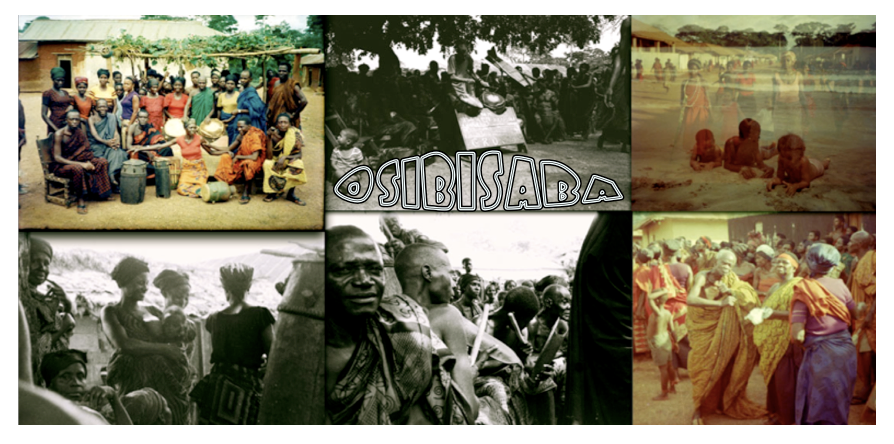You can download it here .
If you're interested, here's a brief bit of historical background on Ghanaian palmwine music from scholar John Collins:
In Ghana it was the Kru-taught musician Kwame Asare (Jacob Sam) whose Kumasi Trio made the first recordings of "palm wine music" in 1928 when they went to London to record for Zonophone. This session also included the first recording of the famous song "Yaa Amponsah" which provided one of the most enduring and important melodo-rhythmic riffs found in Ghanaian highlife.
 |
| Premprensua |
Koo Nimo, one of the truly great living palmwine musicians, gives his own perspective on the origins of this genre:
 "Palmwine is a local drink. In villages you find, under a shady tree, in the afternoons old men would relax and be telling stories about life. Marriage experiences, disappointments. Now, at that time seprewa was the instrument, the African harp-lute. And the seprewa player might be sitting around, then a palmwine tapper would bring a pot of palmwine, usually identified by the foam on top. Then the calabash is passed round and they drink of palmwine. Now the music that is played under that environment was called palmwine guitar music. In this way, acoustic and folklore Highlife music inherited its name from the fact that it gained its popularity at Palm Wine bars, which symbolically represented music of the masses."
"Palmwine is a local drink. In villages you find, under a shady tree, in the afternoons old men would relax and be telling stories about life. Marriage experiences, disappointments. Now, at that time seprewa was the instrument, the African harp-lute. And the seprewa player might be sitting around, then a palmwine tapper would bring a pot of palmwine, usually identified by the foam on top. Then the calabash is passed round and they drink of palmwine. Now the music that is played under that environment was called palmwine guitar music. In this way, acoustic and folklore Highlife music inherited its name from the fact that it gained its popularity at Palm Wine bars, which symbolically represented music of the masses."If you're further interested in this music be sure to check out the "Vintage Palmwine" album (recorded and released by John Collins) featuring classic palmwine musicians T.O. Jazz, Kwaa Mensah, and Koo Nimo.
Also, this album by Kwabena Nyama will simply blow you away!




Thank you! This is pure bliss...
ReplyDeleteVery enlightning post into palmwine/ guitar highlife music!! Thank you very much!!
ReplyDeleteStefan
Nice blog thanks for postiing
ReplyDelete